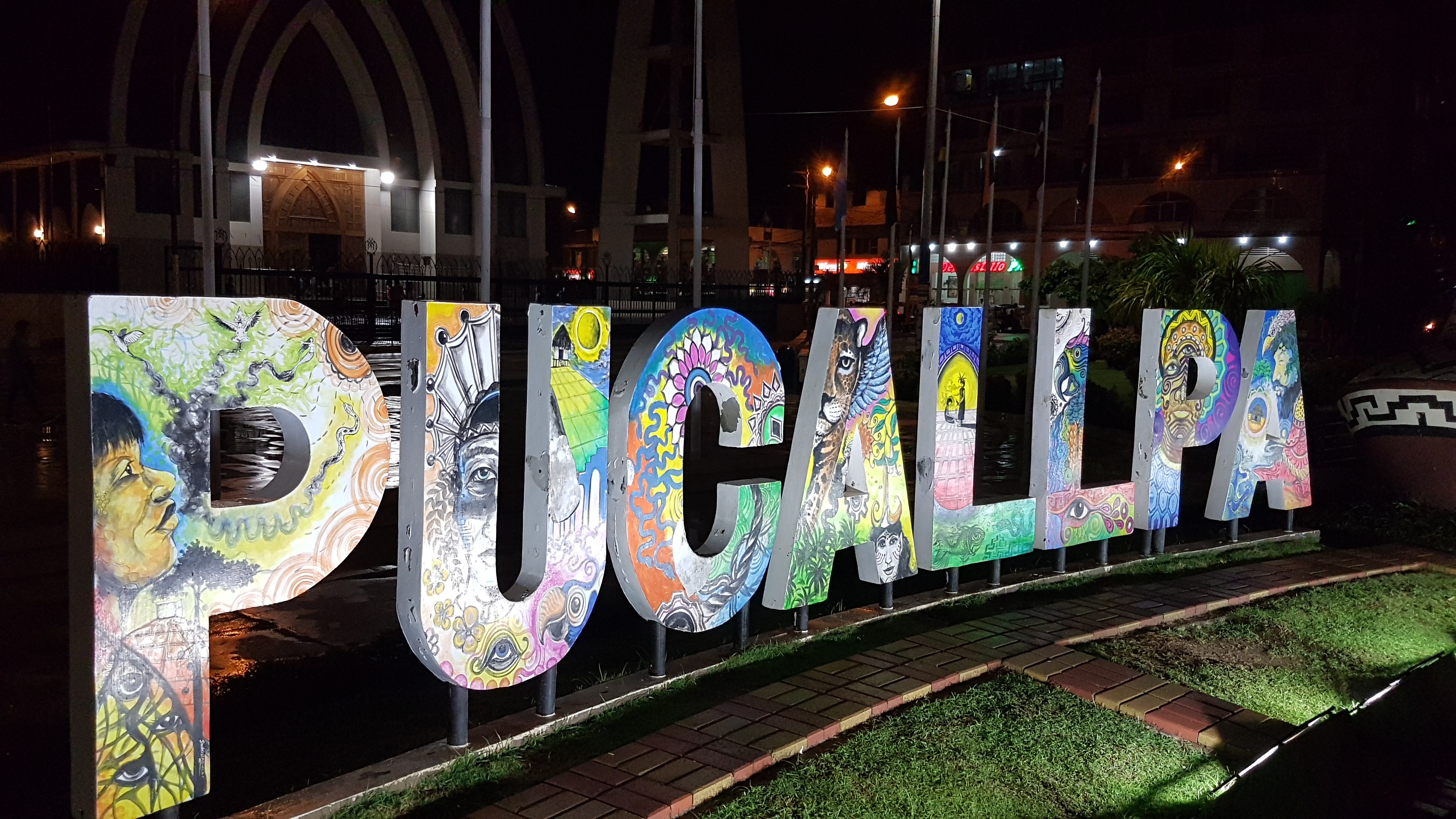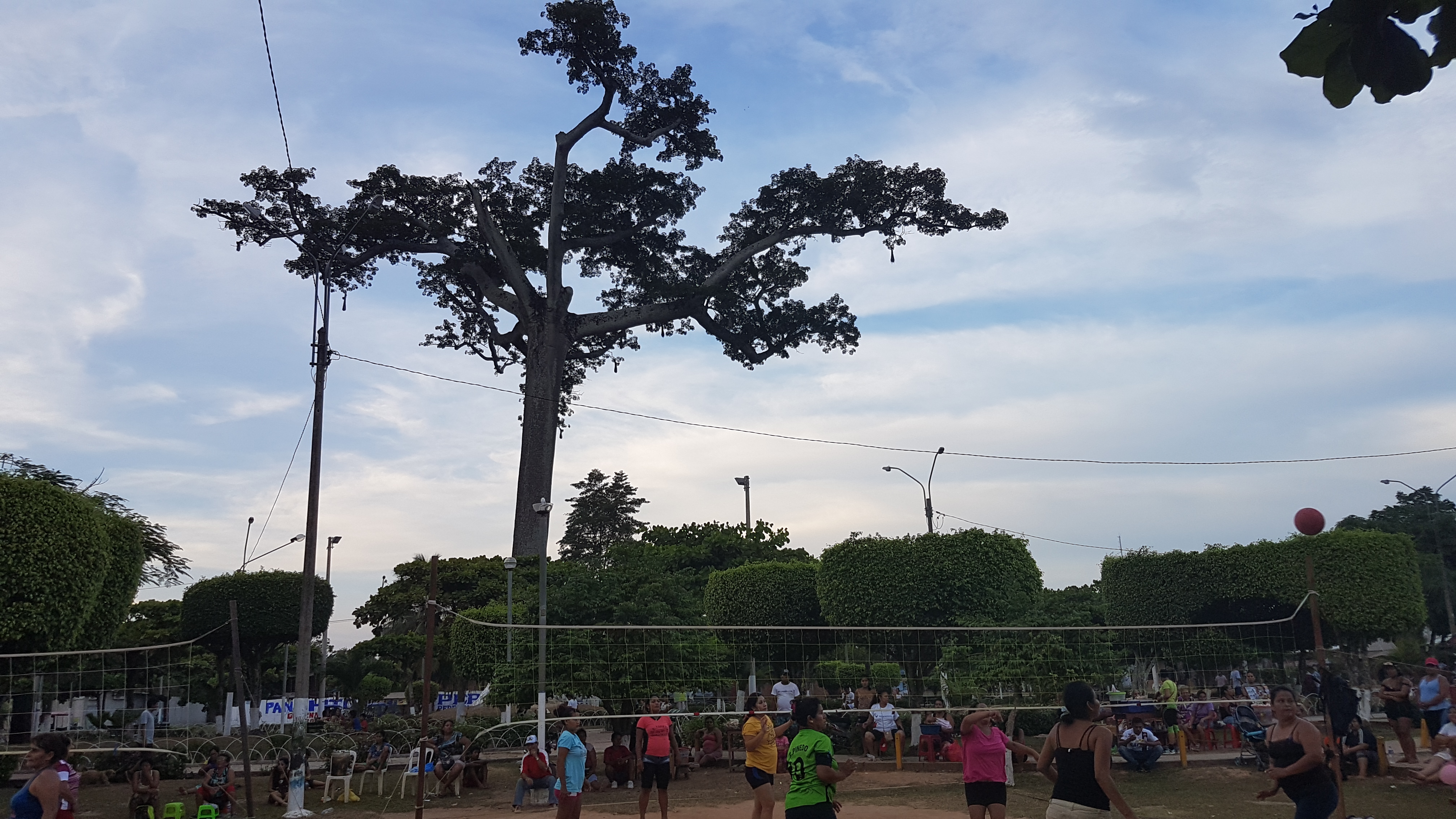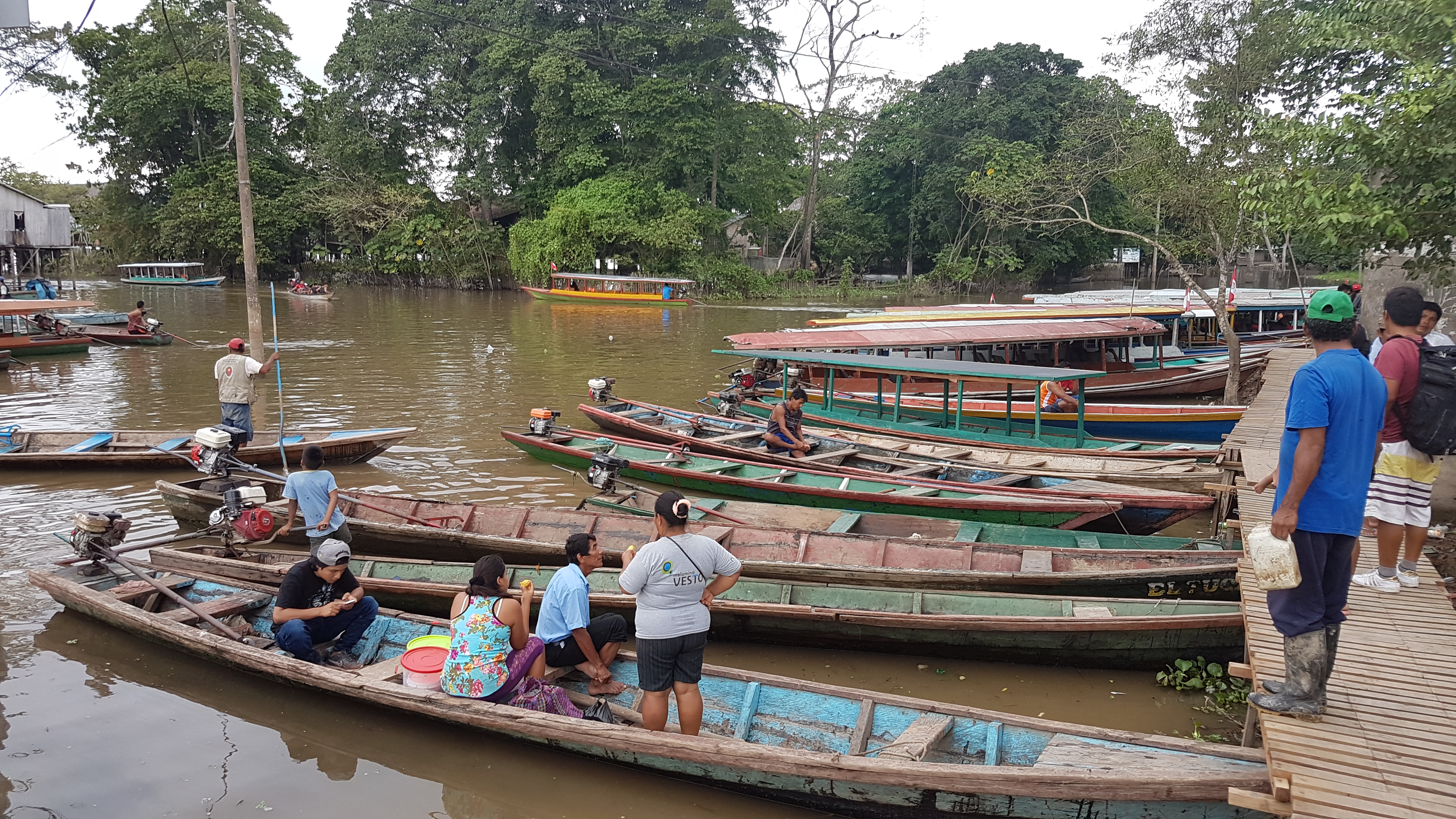Out of all the many places that routinely get overlooked in Peru, Pucallpa is on the verge of going mainstream. Thanks to the city’s shamanic roots and strategic position in the jungle, the time is right for tourism. With a growing population of 250,000 inhabitants, Pucallpa is the tenth most populous city in Peru. It’s located in the Middle Eastern part of the jungle right next to Rio Ucayali. Despite only having roads that connect it to Tingo Maria, Pucallpa is booming. What used to be small town of natives has transformed into a real city.
In the last few decades, the type of tourists visiting Pucallpa has changed drastically. Before the only foreigners passing through Pucallpa were missionaries in route to the many neighboring Shipibo communities. While these communities are still living in abject poverty, the modernization of Pucallpa has slowly trickled into their lives. The ample access to gas powered boats and motos has made these once remote communities unofficial tourist attractions. Now that they aren’t completely removed from the outside world, these communities are catering to tourists who want to try ayahuasca.
For the tourist who doesn’t want to drink overpriced ayahuasca in Iquitos, Pucallpa is the next logical choice. This city is hasn’t had enough exposure to the modern world to realize the financial potential of ripping off hippies. Despite this relative innocence, they are learning fast. Even the most remote shipibo communities have self-proclaimed curanderos selling ayahuasca to bright-eyed tourists. To make the relationship even more official, Pucallpa’s airport is adorned with artwork that features natives indulging in ayahuasca.
For better or worse, the city is quickly becoming a hub for ayahuasca ceremonies. While seeing people whore out their culture is saddening, it’s unavoidable. The international demand for ayahuasca is too high for the locals to ignore. This city is still an amazing place to visit, since both the people and surrounding jungle are amazing. To highlight the possibilities, we compiled a list of the top things to do in Pucallpa. Prepare to discover why this town may overtake Iquitos!
Best Things to Do In Pucallpa
Activity #1: Sail Through Laguna Yarinacocha – About 4 km outside Pucallpa is the infamous Lake Yarinacocha. Clocking in at 15.45 km long and 820 meters wide, Yarinacocha looks more like a river than a like. While it’s shape is perplexing, it allows this lake to cut right into the heart of Shipibo-Conibo country. From Santa Rosa to San Francisco, there’s no end to indigenous communities that are united by this lake.
While the never-ending amount of boat operators claim that pink dolphins can be seen, don’t fall for the hype. The lake is the main source of food in the area, so it’s rigorously fished by locals and filled with nets. To sustain a growing human population any dolphins that were unlucky enough to swim in Yarinacocha were eaten decades ago. Despite being dolphin free, this lake is well worth visiting. Just don’t listen to the promises of exotic wildlife and be content with seeing gorgeous jungle scenery from the boat.
Activity #2: Visit Shipibo Communities – While pink dolphins don’t exist in this neck of the woods, plenty of natives do. Pucallpa is home to a robust indigenous population of over 25,000, with the most well known tribe being the Shipibo-Conibo. Over 108 native communities surround Pucallpa, and many line Lake Yarinacocha. These communities provide a rare glimpse at people who are just getting acquainted with the modern world. Take a look at this article to get a glimpse at the native community of Santa Rosa.
Activity #3: Drink Ayahuasca – Fortunately, you don’t have to be a missionary to indulge in a profound spiritual experience in the jungle. Thanks to ayahuasca being part of the Shipibo culture, there’s no shortage of shamans surrounding Pucallpa. From the communities in the neighboring jungle to practitioners within city limits, Pucallpa is filled with psychedelic options.
Due to the wide availability of ayahuasca, the amount of fake shamans is also growing. The more expensive the ceremony is, the more full of shit the shaman is. The ingredients used to make ayahuasca are practically free, so stay away from overpriced tourist traps. To learn more about what to look out for, check out this in-depth article on ayahuasca.


